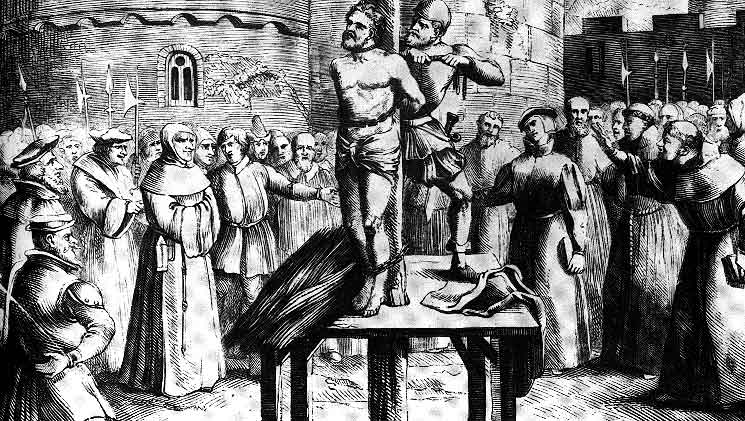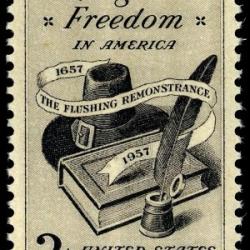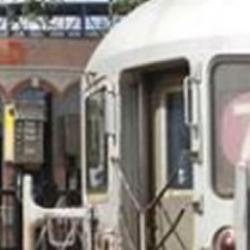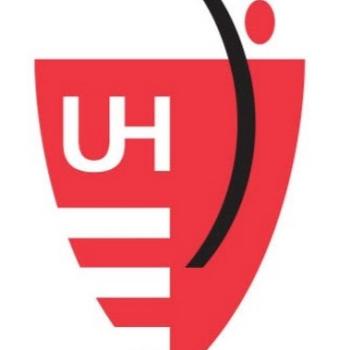The U.S. Catholic bishops have decided to make Thomas More the central figure in their summer protests against the government guarantee of equal health insurance coverage for women.
Scott Paeth notes that this choice probably reveals more about the bishops’ agenda than they intended:
Thomas More died for the sake of his conscience. More also caused others to die for the sake of their consciences. He burned heretics at the stake and he pursued William Tyndale mercilessly (a fact that ought to give the Bishops’ Protestant allies some pause). Like the Bishops, what he wanted was not freedom of conscience regarding matters of religion, but for his own view of religious orthodoxy to prevail. And he was willing to make others suffer for the sake of that vision.
This is exactly why the bishops are full of it when they claim that they are fighting for “religious liberty” when they oppose equal health insurance coverage for women.

To fight for religious liberty, one has to understand what that means, and the bishops have made it clear that they simply do not. Like their patron saint, Thomas More, they think that religious liberty involves their liberty to impose their religion on others.
Their “Freedom Fortnight” campaign might be something I could believe or respect if they took for its symbol instead someone like, say, Mary Dyer.
But the “religious liberty” these bishops are fighting for is at the other end of that rope. They don’t care about or sympathize with Mary Dyer’s religious liberty. What they’re upset about is that, unlike the theocratic puritans of 17th-century New England, they are no longer free to do whatever it takes to restrain such uppity women.
Evangelical Republican activists like Richard Land are joining the bishops in their fight for this hangman’s version of religious liberty.
That’s a huge change. When I was growing up in American evangelicalism, William Tyndale was celebrated and revered as a champion of religious liberty. His English translation of the Bible provides the core of the scriptural and spiritual language still used by American evangelicals to this day. Due to that translation, and due to his support for Protestant theology, Tyndale was choked, impaled and burned at the stake in 1536.
But forget all that. For conservative evangelicals today, Tyndale must now be viewed as an enemy of religious liberty. As good partisans opposed to health care for women, those evangelicals are rallying with the U.S. Catholic bishops under the banner of the man who prosecuted Tyndale.
And then they have the chutzpah to say they’re doing so in the name of “religious liberty.”
Even the hangman, it seems, feels the need to achieve a sense of contrived innocence.












